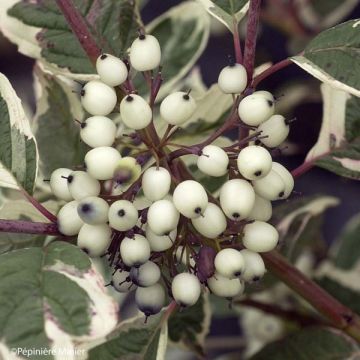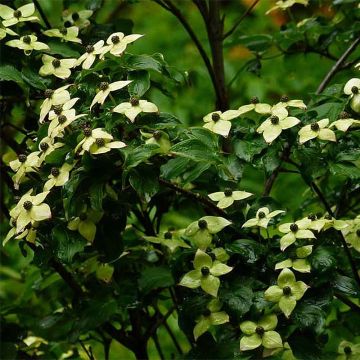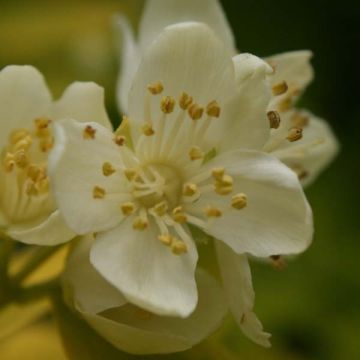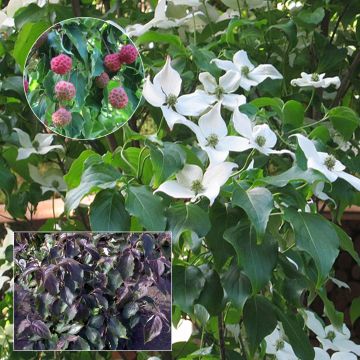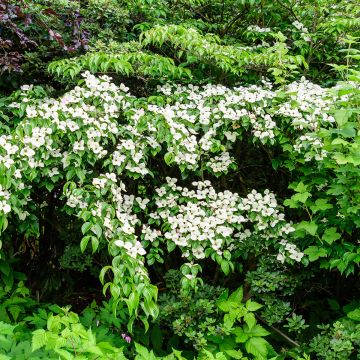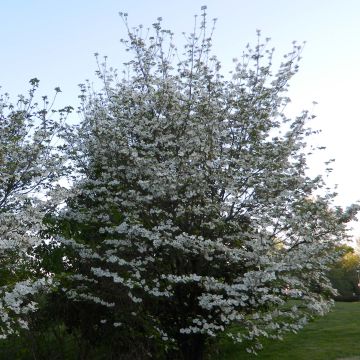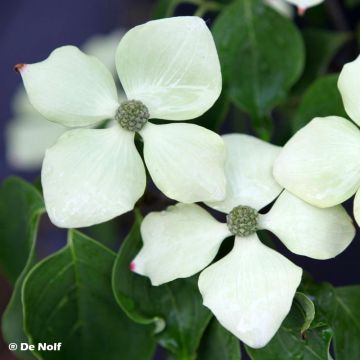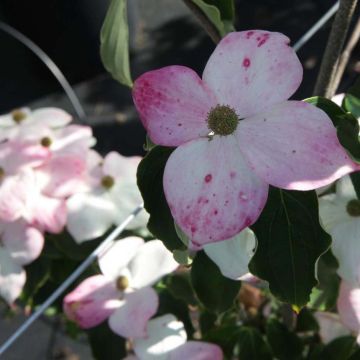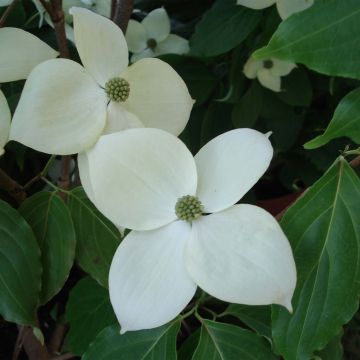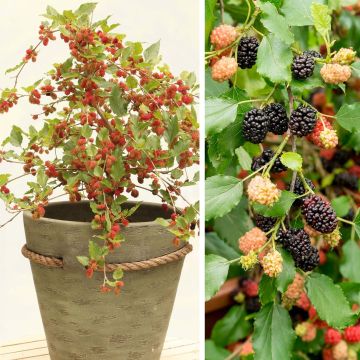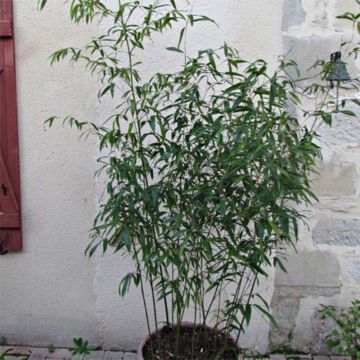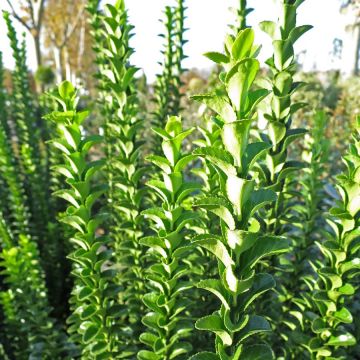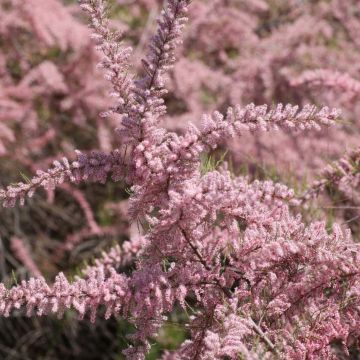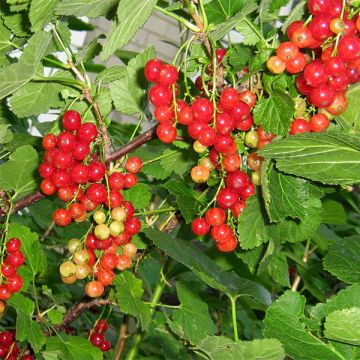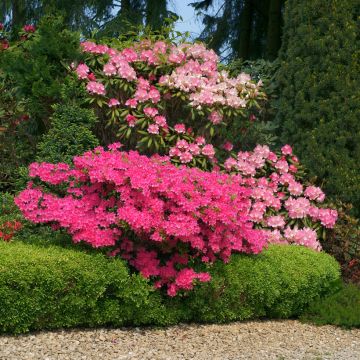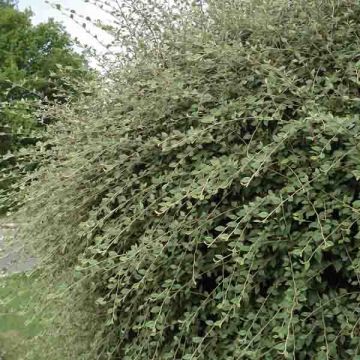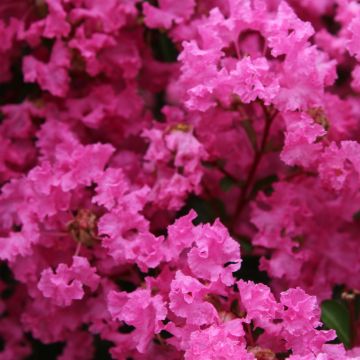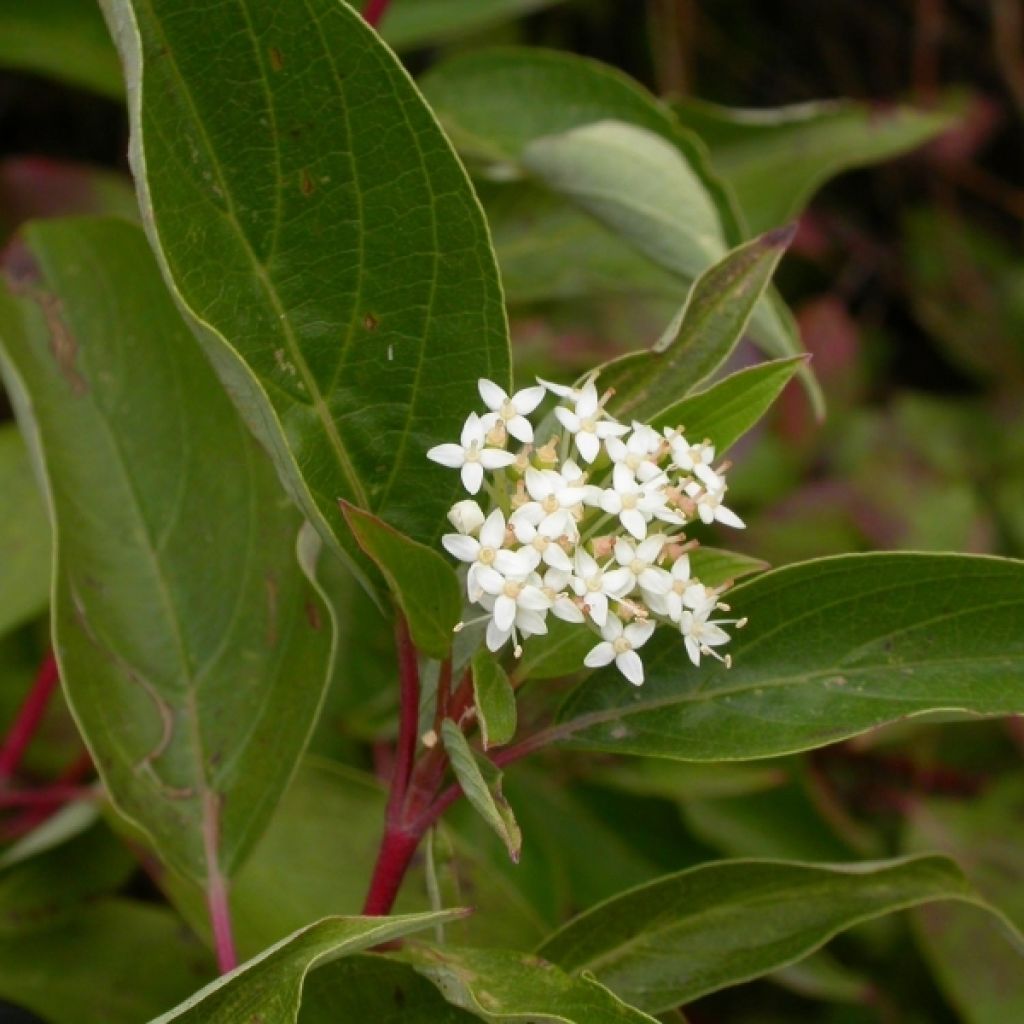

Cornus stolonifera Kelseyi - Stoloniferous Dogwood
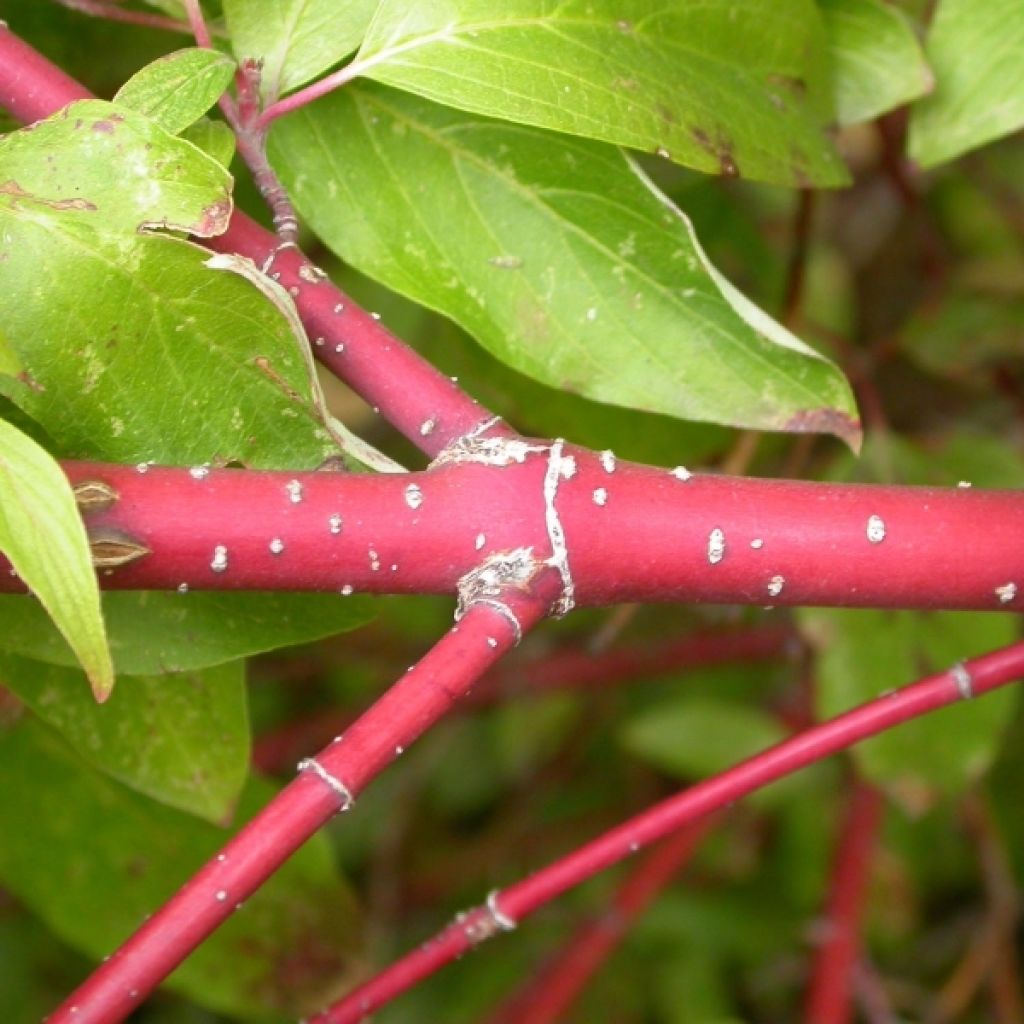

Cornus stolonifera Kelseyi - Stoloniferous Dogwood
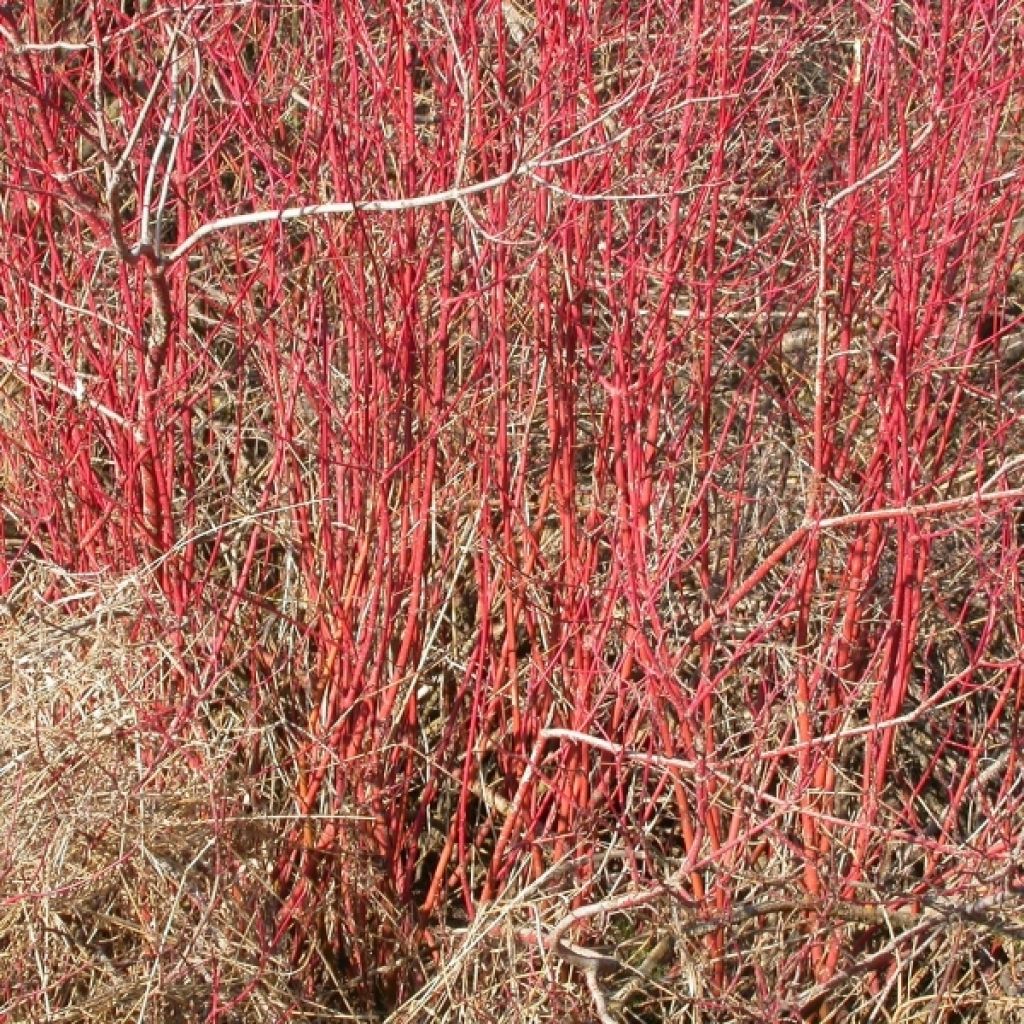

Cornus stolonifera Kelseyi - Stoloniferous Dogwood
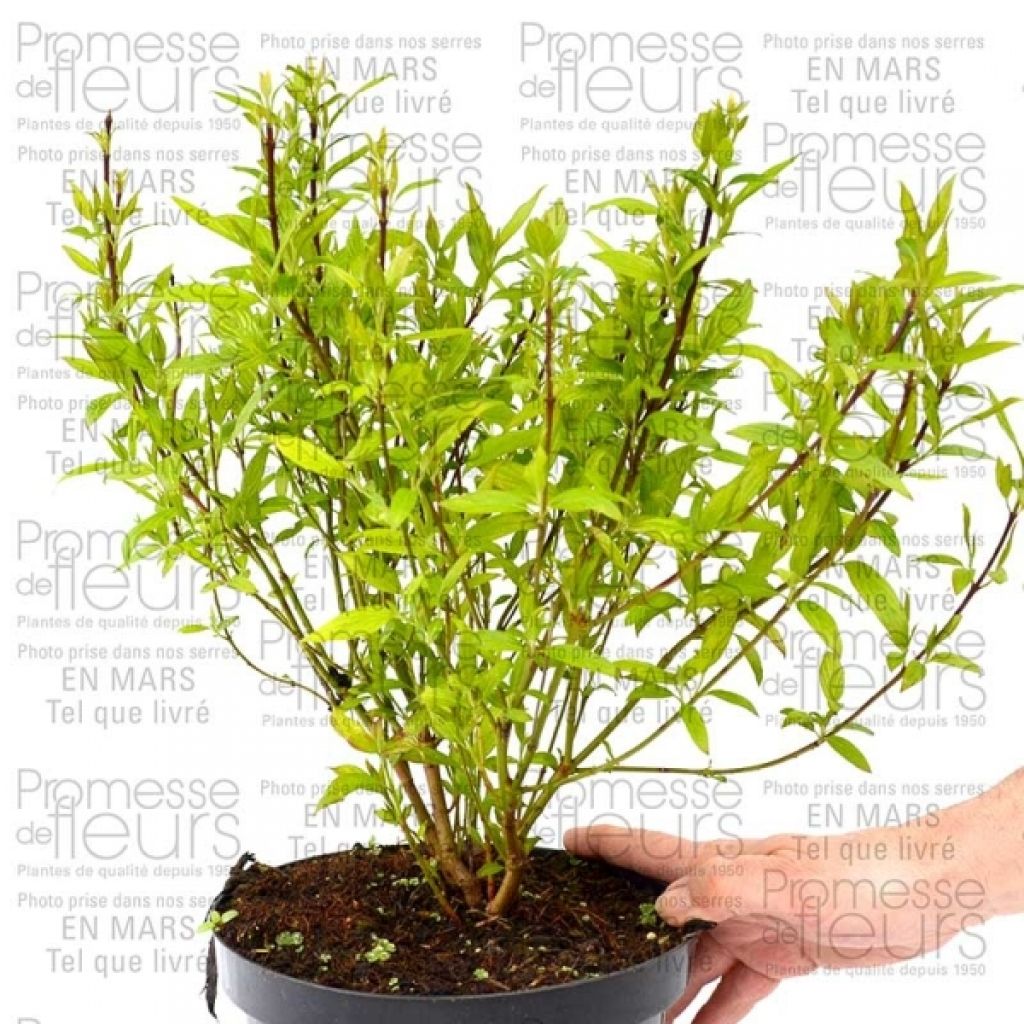

Cornus stolonifera Kelseyi - Stoloniferous Dogwood
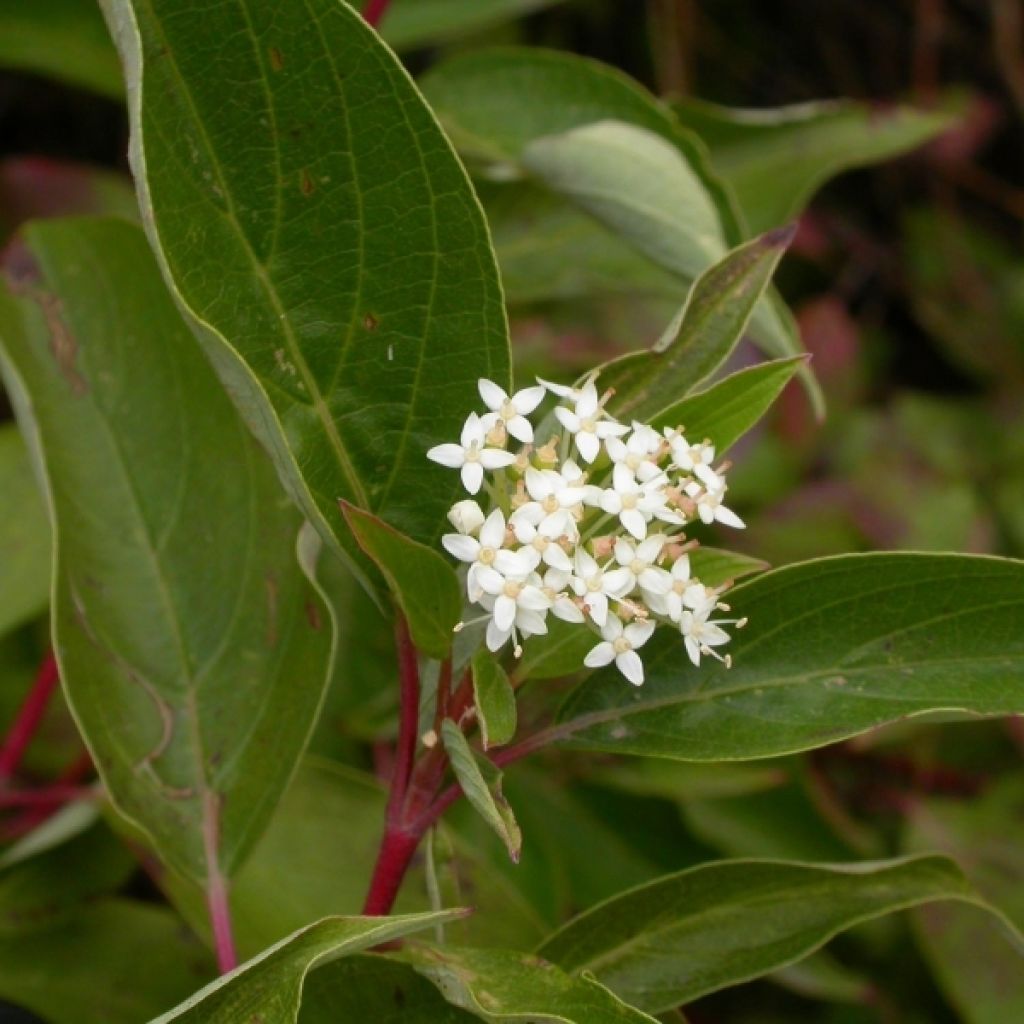

Cornus stolonifera Kelseyi - Stoloniferous Dogwood
Cornus stolonifera Kelseyi - Stoloniferous Dogwood
Cornus sericea Kelseyi (Kelsey's Dwarf)
Red Osier Dogwood, Stoloniferous Dogwood, American Dogwood, Red Willow, Redstem Dogwood, Redtwig Dogwood, Red-rood, Western Dogwood, Creek Dogwood, Red Dogwood
Beautiful plants.
Hervé, 21/05/2022
This item cannot be shipped to the selected country
Delivery charge from €5.90
Delivery charge from €5.90
More information
Schedule delivery date,
and select date in basket
This plant carries a 24 months recovery warranty
More information
We guarantee the quality of our plants for a full growing cycle, and will replace at our expense any plant that fails to recover under normal climatic and planting conditions.
From €5.90 for pickup delivery and €6.90 for home delivery
Express home delivery from €8.90.
From €5.90 for pickup delivery and €6.90 for home delivery
Express home delivery from €8.90.

Does this plant fit my garden?
Set up your Plantfit profile →
Description
The Cornus sericea 'Kelseyi' is a type of creeping dogwood that grows low to the ground and forms a compact and branching habit, making it an excellent ground cover. It has deciduous foliage that is light green and vibrant, and in the autumn, it displays beautiful colors. In the winter, its dark red branches are clearly visible. This dogwood is very hardy and can colonize the soil easily, which makes it ideal for covering large slopes and creating borders.
The Creeping Dogwood, also known as Silky Dogwood, is a shrub with creeping roots that originated in North America, specifically the northeastern United States and Canada. This plant is extremely hardy and is capable of spreading quickly thanks to its branches which can root easily upon contact with the ground. It thrives in acidic soils and is very resistant to cold, but doesn't do well in drought conditions. There is a dwarf cultivar of this species known as 'Kelseyi' (also called 'Kelsey's Dwarf'). All dogwoods belong to the Cornaceae family.
The Cornus sericea 'Kelseyi' is a low and dense bush that grows up to 50 to 75 cm (29.5 in) in height and has a width of 1 m (3 in 4 ft) to 1.50 m (4 in 11 ft). It has opposite, ovate, and lanceolate leaves that measure 5 to 10 cm (3.9 in) in length. The leaves are light green in spring, slightly darken in summer, and turn yellow-orange or red in autumn. The young branches start as bright yellow and gradually turn brown at the base, while their tips become increasingly dark red. The flat cyme flowers are pale yellowish-white, and they measure 3 to 5 cm in diameter, but they are not very visible. After pollination, the flowers give way to uninteresting white berries.
The Cornus sericea 'Kelseyi' can be planted in large borders, along pathways to break up large landscape areas, or at the back of perennial beds. It can also be used at the front of a mixed hedge with small bushes such as pieris, nandina or boxleaf honeysuckle. It warms up the dark green evergreen foliage with its red branches and accompanies the spring flowering of azaleas and other rhododendrons in acidic and well-drained soil. If the soil in your garden is occasionally waterlogged or poorly drained, this shrub is ideal, just like the dwarf guelder rose or the Chionanthus.
Report an error about the product description
Cornus stolonifera Kelseyi - Stoloniferous Dogwood in pictures


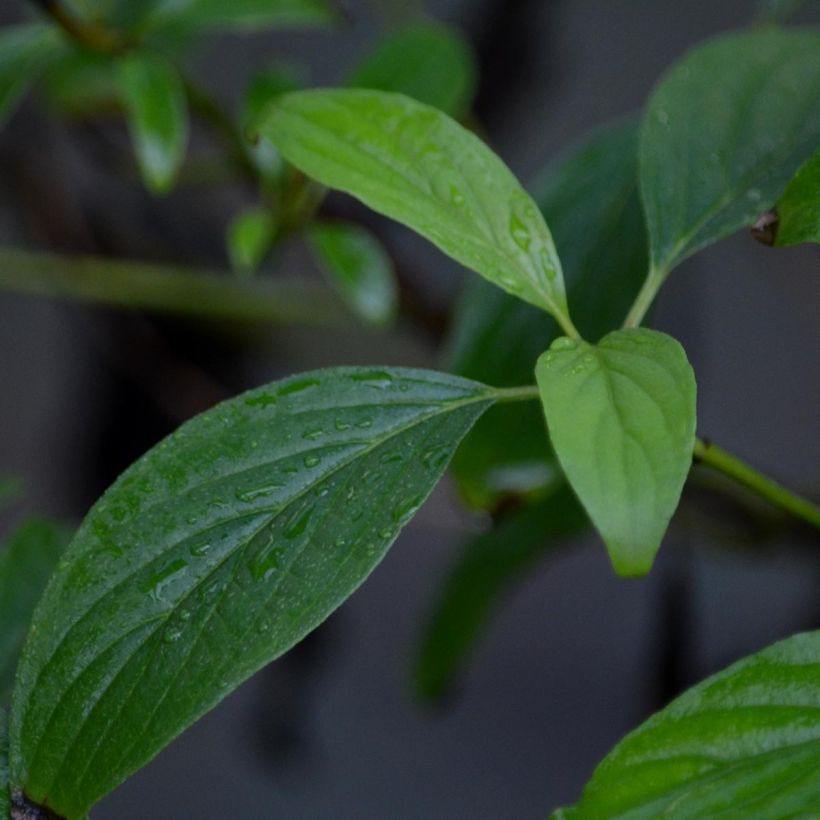

Plant habit
Flowering
Foliage
Botanical data
Cornus
sericea
Kelseyi (Kelsey's Dwarf)
Cornaceae
Red Osier Dogwood, Stoloniferous Dogwood, American Dogwood, Red Willow, Redstem Dogwood, Redtwig Dogwood, Red-rood, Western Dogwood, Creek Dogwood, Red Dogwood
Cultivar or hybrid
Other Cornus
Planting and care
It is recommended to plant the Cornus sericea 'Kelseyi' between November and February, as long as there are no heavy frosts. It thrives best in a rich, moist soil that is preferably acidic and humus-rich. Place it in a semi-shaded or lightly shaded area. Water the plant every 10 days during dry weather in the spring and keep the soil moist during the first summer. This shrub is not drought-tolerant, but it can withstand cold temperatures. Feed it with a rhododendron fertiliser after it has flowered.
Planting period
Intended location
Care
-
, onOrder confirmed
Reply from on Promesse de fleurs
Hedge shrubs
Haven't found what you were looking for?
Hardiness is the lowest winter temperature a plant can endure without suffering serious damage or even dying. However, hardiness is affected by location (a sheltered area, such as a patio), protection (winter cover) and soil type (hardiness is improved by well-drained soil).

Photo Sharing Terms & Conditions
In order to encourage gardeners to interact and share their experiences, Promesse de fleurs offers various media enabling content to be uploaded onto its Site - in particular via the ‘Photo sharing’ module.
The User agrees to refrain from:
- Posting any content that is illegal, prejudicial, insulting, racist, inciteful to hatred, revisionist, contrary to public decency, that infringes on privacy or on the privacy rights of third parties, in particular the publicity rights of persons and goods, intellectual property rights, or the right to privacy.
- Submitting content on behalf of a third party;
- Impersonate the identity of a third party and/or publish any personal information about a third party;
In general, the User undertakes to refrain from any unethical behaviour.
All Content (in particular text, comments, files, images, photos, videos, creative works, etc.), which may be subject to property or intellectual property rights, image or other private rights, shall remain the property of the User, subject to the limited rights granted by the terms of the licence granted by Promesse de fleurs as stated below. Users are at liberty to publish or not to publish such Content on the Site, notably via the ‘Photo Sharing’ facility, and accept that this Content shall be made public and freely accessible, notably on the Internet.
Users further acknowledge, undertake to have ,and guarantee that they hold all necessary rights and permissions to publish such material on the Site, in particular with regard to the legislation in force pertaining to any privacy, property, intellectual property, image, or contractual rights, or rights of any other nature. By publishing such Content on the Site, Users acknowledge accepting full liability as publishers of the Content within the meaning of the law, and grant Promesse de fleurs, free of charge, an inclusive, worldwide licence for the said Content for the entire duration of its publication, including all reproduction, representation, up/downloading, displaying, performing, transmission, and storage rights.
Users also grant permission for their name to be linked to the Content and accept that this link may not always be made available.
By engaging in posting material, Users consent to their Content becoming automatically accessible on the Internet, in particular on other sites and/or blogs and/or web pages of the Promesse de fleurs site, including in particular social pages and the Promesse de fleurs catalogue.
Users may secure the removal of entrusted content free of charge by issuing a simple request via our contact form.
The flowering period indicated on our website applies to countries and regions located in USDA zone 8 (France, the United Kingdom, Ireland, the Netherlands, etc.)
It will vary according to where you live:
- In zones 9 to 10 (Italy, Spain, Greece, etc.), flowering will occur about 2 to 4 weeks earlier.
- In zones 6 to 7 (Germany, Poland, Slovenia, and lower mountainous regions), flowering will be delayed by 2 to 3 weeks.
- In zone 5 (Central Europe, Scandinavia), blooming will be delayed by 3 to 5 weeks.
In temperate climates, pruning of spring-flowering shrubs (forsythia, spireas, etc.) should be done just after flowering.
Pruning of summer-flowering shrubs (Indian Lilac, Perovskia, etc.) can be done in winter or spring.
In cold regions as well as with frost-sensitive plants, avoid pruning too early when severe frosts may still occur.
The planting period indicated on our website applies to countries and regions located in USDA zone 8 (France, United Kingdom, Ireland, Netherlands).
It will vary according to where you live:
- In Mediterranean zones (Marseille, Madrid, Milan, etc.), autumn and winter are the best planting periods.
- In continental zones (Strasbourg, Munich, Vienna, etc.), delay planting by 2 to 3 weeks in spring and bring it forward by 2 to 4 weeks in autumn.
- In mountainous regions (the Alps, Pyrenees, Carpathians, etc.), it is best to plant in late spring (May-June) or late summer (August-September).
The harvesting period indicated on our website applies to countries and regions in USDA zone 8 (France, England, Ireland, the Netherlands).
In colder areas (Scandinavia, Poland, Austria...) fruit and vegetable harvests are likely to be delayed by 3-4 weeks.
In warmer areas (Italy, Spain, Greece, etc.), harvesting will probably take place earlier, depending on weather conditions.
The sowing periods indicated on our website apply to countries and regions within USDA Zone 8 (France, UK, Ireland, Netherlands).
In colder areas (Scandinavia, Poland, Austria...), delay any outdoor sowing by 3-4 weeks, or sow under glass.
In warmer climes (Italy, Spain, Greece, etc.), bring outdoor sowing forward by a few weeks.

































